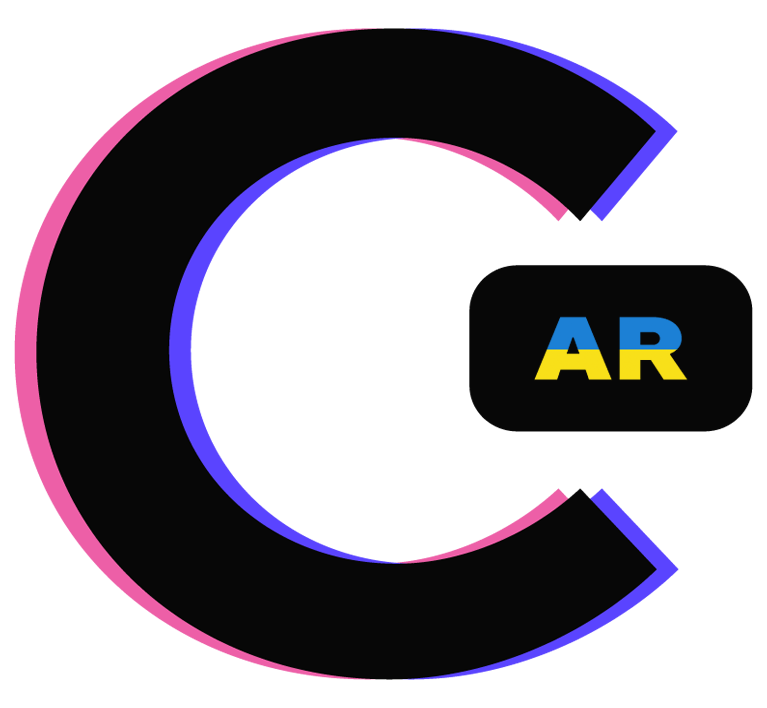The Mixed Reality Portal is software works based on Microsoft Windows. This software allows simulating Mixed Reality experience directly on laptops and desktops. It helps potential buyers to understand how MR works and discover possibilities. Moreover, the portal application can tell you whether your PC’s hardware is ready to power and support Mixed Reality headsets.
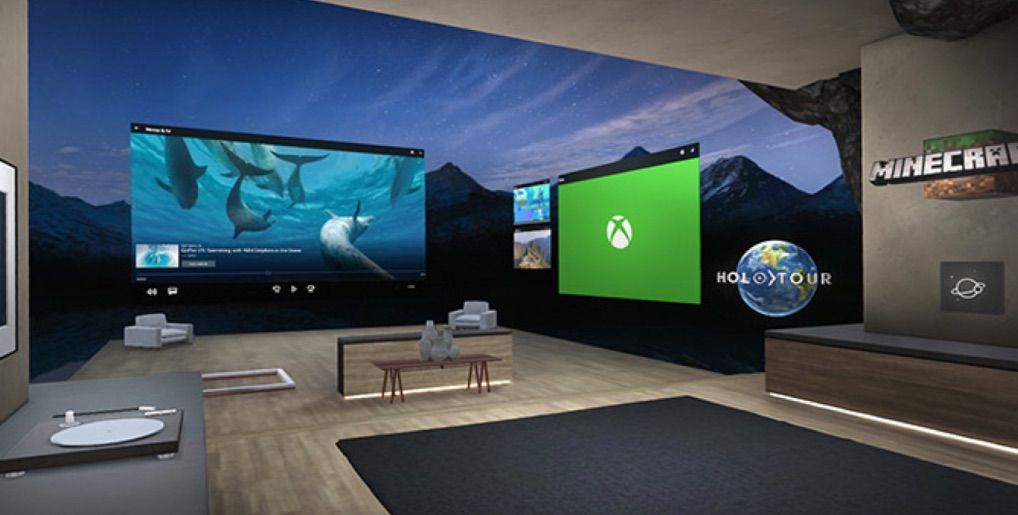
How to launch the Mixed Reality portal
Starting from Windows 10, a Mixed Reality simulator (portal) included by default so you can even play with it if you don’t have a headset. Windows won’t allow launching the MR portal without a headset but there is some trick available. By clicking the “Set up simulation (for developers)” button on the hardware test page you will be able to continue using the MR portal. Some additional content will be automatically downloaded to your computer. It will allow you to play with a simulation of the Mixed Reality environment.
Once it's done, you have to enable “Simulation”. Then you can dive into a Mixed Reality environment. First, you see a virtual home where you walk by using your mouse and keyboard. Left click and drag to move your view. Right click to perform an “air tap” that activates what you’re currently looking at. Use the WASD keys on your keyboard, just like in a video game to walk around. In addition, you can use the teleport feature and even walk outside. Mixed Reality experience looks exactly how it does in Microsoft HoloLens. This experience allows you to launch and discover different applications. For that press, the Windows key on your keyboard to open a Start menu. Different apps, such as Microsoft Edge, Xbox, Groove Music and more. These apps can be mapped to the walls similar to Microsoft HoloLens. You can control and interact with the apps, launch music, videos and many more.
You can also connect an Xbox One controller and use it to navigate the interface. In addition, by using Microsoft Portal can you share a Mixed Reality experience from your headset with your friends.
Devices that support Mixed Reality
If you decide to purchase a Mixed Reality headset, below you can find some additional information and review some of them.
Microsoft HoloLens 1
The first-gen of HoloLens 1 is still available for sale and you can even find a pre-owned version for $1,300 - $1,700 on eBay. HoloLens One has the following specs:
- Processors. Intel 32-bit architecture with TPM 2.0 support. Custom-built Microsoft Holographic Processing Unit (HPU 1.0)
- Memory. 64 GB Flash. 2 GB RAM
- Visor. Contains the HoloLens sensors and lenses
- Optics. See-through holographic lenses (waveguides)
- Holographic resolution. 2 HD 16:9 light engines producing 2.3M total light points
- Holographic density. >2.5k radiants (light points per radian)
- Eye-based rendering. Automatic pupillary distance calibration
- Buttons to control the brightness located on the left side of the device
- Volume buttons. The volume buttons are on the right side of the device
- Sensors. 1 inertial measurement unit (IMU). 4 environment understanding cameras. 1 depth camera. 1 2MP photo / HD video camera. Mixed reality capture. 4 microphones. 1 ambient light sensor
Microsoft HoloLens 2
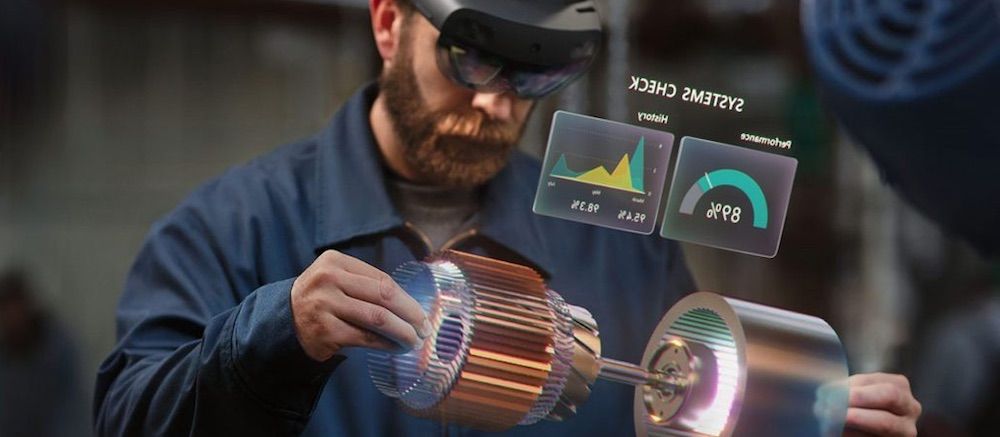
The next-generation of HoloLens version 2 has better hardware and performance. Price starts from $3,500 per device. There are no pre-owned headsets available yet. In terms of configuration, let’s check in-depth what changed:
- SoC. Qualcomm Snapdragon 850 Compute Platform
- HPU. The second-generation custom-built holographic processing unit
- Memory. 4-GB LPDDR4x system DRAM
- Storage. 64-GB UFS 2.1
- Optics. See-through holographic lenses (waveguides)
- Resolution. 2k 3:2 light engines
- Holographic density.>2.5k radiants (light points per radian)
- Eye-based rendering. Display optimization for 3D eye position
- Sensors. Head tracking 4 visible-light cameras. Eye-tracking 2 IR cameras. Depth 1-MP Time-of-Flight depth sensor. IMU Accelerometer, gyroscope, magnetometer. Camera 8-MP stills, 1080p30 video
The biggest advantage of both HoloLens versions that they don’t require additional hardware or PC to use it. These headsets have integrated GPU, RAM and other necessary hardware to perform Mixed Reality experiences.
There are other devices availible on the market, such as Magic Leap One, Meta 2 Augmented Reality, Lenovo, etc. but this review is about Microsoft products and it’s Mixed Reality portal.
Besides Microsoft native headsets there other ways available on how to get and use Mixed Reality experiences. For example, PC-powered headsets. One thing that you have to beware that some PC-powered headsets will be not able to perform you clear and native Mixed Reality experience like HoloLens or Magic Leap. Normally, they allow scanning rooms where you are located but create a spatial map but some of them are not able to overlay physical objects with MR content. But if you decided to organize this setup anyway, below we organized the list of requirements.
Minimum requirements for normal use and to power Mixed Reality headset should be at least the next one:
- CPU: AMD FX-6300
- RAM: 8Gb
- GPU: MSI Radeon RX 460
- HDD: Western Digital Caviar Blue, 1Tb
- Power: 400W
You can select a more powerful PC and have around 60 frames per second:
- CPU: Intel Core i5
- RAM: 8Gb, DDR4
- GPU: MSI GeForce GTX 1070, 8Gb GDDR5
- HDD: Samsung 850 EVO, 500 Gb
- Power: 500W
Ultra PC that can perform approximately 90 FPS in Mixed Reality will require the following configuration:
- CPU: Intel Core i7-7700K Kaby Lake (or better)
- RAM: 2×16 Gb, DDR4 or DDR5
- GPU: GeForce GTX 1080 Ti, 11 Gb, GDDR5
- HDD: Samsung 960 EVO, 1 ТБ
- Power: 500W
In terms of PC-powered Mixed Reality headsets, you can check the following ones:
HP - Mixed Reality Headset and Controllers
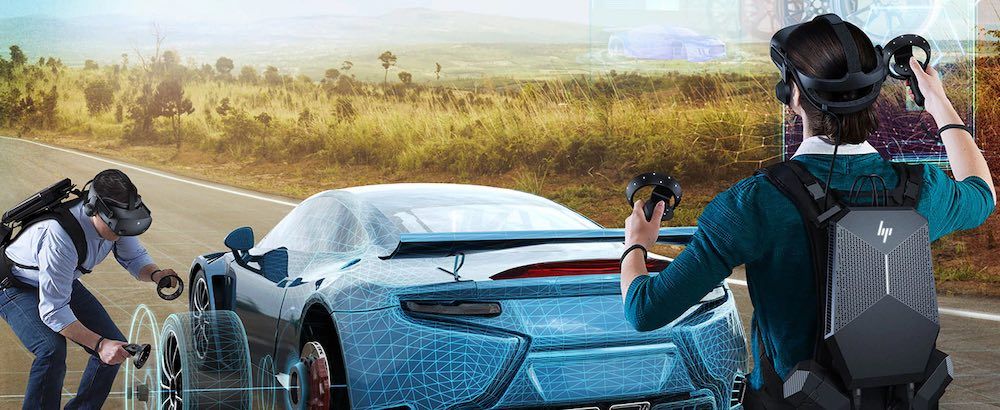
- Price starts from $399 on Amazon
- Customer reviews: 3.8 out of 5 on Amazon
- Screen. Dual LCD 2.89 inch diagonal with Pulse Backlight technology
- Resolution. 1440 x 1440 pixels per eye (2880 x 1440 pixels combined)
- Refresh rate. 90 Hz (HDMI 2.0). 60 Hz (HDMI 1.4)
- Field of view. Approximately 100 degrees, Fresnel-Aspherical
- Tracking. (2) Front-facing cameras
- Sensors. Windows Mixed Reality inside/out 6 DOF motion tracking, gyroscope, accelerometer, and magnetometer
- Recommended PC Specification: NVIDIA GTX 965Ml / AMD RX 480M(2GB) equivalent or greater video card for notebook and NVIDIA GTX 980 / AMD RX 480(2GB) for PC; Intel Core i7 /AMD Ryzen 7 1700 equivalent or greater CPU; 16GB+ RAM memory.
Samsung HMD Odyssey+ Windows Mixed Reality Headset with 2 Wireless Controllers 3.5" Black (XE800ZBA-HC1US)
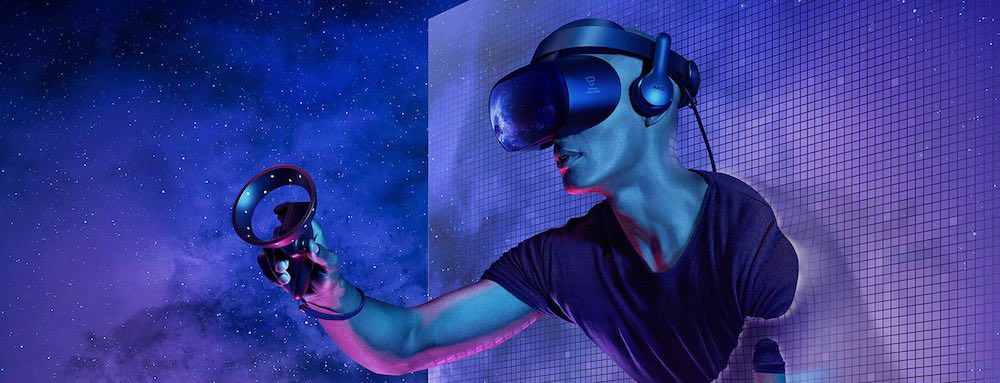
- Price starts from $548 on Amazon
- Customer reviews: 4.1 out of 5 stars on Amazon
- Platform. Microsoft Windows Holographic
- Operating System. Win10 RS3 or later version. MS supports device driver from RS3
- Lens. Single Fresnel, 110 degrees
- Display. AMOLED, 3.50" QHD (1440x1600) 16M Colors/90Hz. 90Hz requirement: HDMI version 2.0, USB 3.0 HDCP 2.2 complaint
- Camera. 6-DOF Camera x 2 for tracking/640x480, 120fps@VGA. Cannot take photo/video clip 6-DOF: Front/Back/Left/Right/Up/Down
This not all list of all available Mixed Reality headsets compatible with Microsoft Mixed Reality. These headsets we have found in June 2020 and they are available for purchase.
In addition, we recommend taking a look at smartphone-powered headsets compatible with select Android and iOS devices. For example Lenovo Mirage AR.
If you are looking for Augmented and Mixed Reality games and projects, you are visiting the right website. Catchar is the world’s largest hub where you can discover and download hundreds of the best Mixed Reality apps and collaborate with their creators. Discover and join our HoloLens and Magic Leap communities to start your MR journey today!
